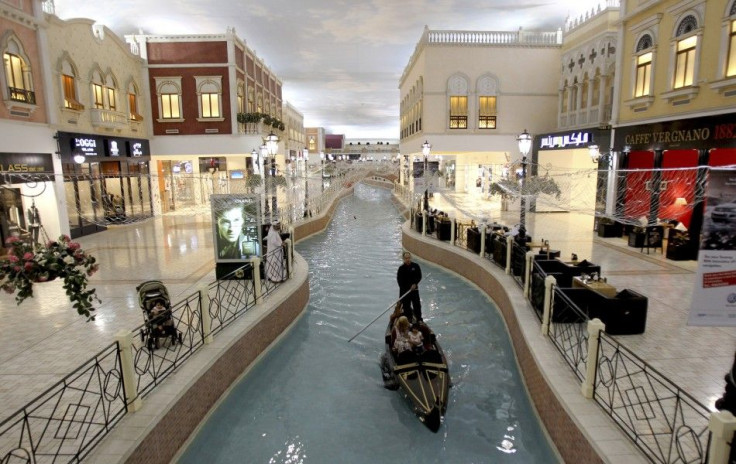Traditional Buildings Are The Only Hope For The Gulf

A recent study conducted by the researchers at the Massachusetts Institute of Technology stated that the soaring temperatures in the Middle East might leave its land completely uninhabitable by the humans. As the Persian Gulf battles with extreme temperatures and high humidity, traditional architectural structures might be of some help.
Although air conditioning provided in the modern architecture does help maintain tolerable temperatures, the use of shade that helps keep traditional buildings cool passively might be the next popular thing in the region.
The need to look for cheaper and sustainable ways of beating the heat has inspired environmentalists and architecture experts to look at the region's past and how historic communities of farmers survived in this heat.
Amin Al-Habaibe, professor of Intelligent Engineering Systems at the Nottingham Trent University, said that traditional buildings have a tendency to stay cool using naturally insulating and reflective materials, wind and thermally driven ventilation.
The traditional buildings in the gulf's cities are a clever combination of design, placement and use of building materials. The purpose of such buildings is to maximize shade, increase air circulation, regulate building temperature and reduce the thermal heat gained from the sun's radiation.
Traditional buildings use material such as limestone and mud, sometimes mixed with desert plants. The combination helps regulate building temperature by absorbing moisture in humid conditions. The water absorbed later evaporated under the sun's heat to result in a cooling effect.
In addition, traditional buildings are placed close to each other. By this, the ration of the building exposed to the sun relative to the building's total volume is minimized. Some traditional buildings have wind tower. It helps circulate air and create natural ventilation.
© Copyright IBTimes 2025. All rights reserved.




















